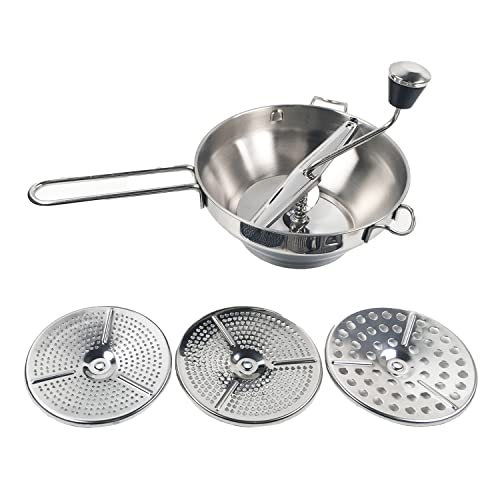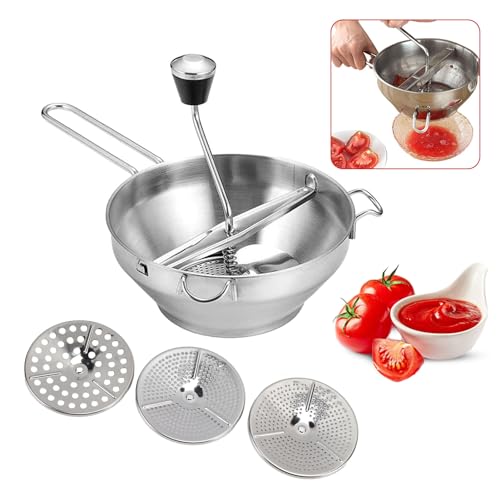The Food Mill: A Brief History
Food grinding has been a part of human life for thousands of years, with the use of mortar and pestle being one of the oldest methods known to man. However, as technology progressed, grinding and food processing became more efficient and specialized. In the late 1800s, the food mill was invented, changing the way food is processed forever.
The Invention of the Food Mill
The food mill was invented in France in the late 1800s by a man named Jean Mantelet. It was designed to process and puree food quickly and easily, making it an ideal tool for professional chefs and home cooks alike. The food mill was initially used to process vegetables, but soon became a versatile tool used for grinding, pureeing, and straining a wide variety of foods.
Food Mills in the Modern Kitchen
Today, food mills are still widely used in kitchens around the world. They are versatile, durable, and relatively low-cost. While many people now opt to use electronic food processors, blenders, and mixers, food mills remain a popular choice for those who prefer a manual approach to food processing.
Using a Food Mill: Tips and Techniques
When using a food mill, it is important to choose the right size disc for the job. Finer discs are ideal for making smooth purees and sauces, while coarser ones are better suited for mashing potatoes and processing harder items like nuts and seeds. It is also important to work slowly and steadily when milling, to ensure a consistent result.
The Future of Food Mills
As technology continues to advance, it is likely that new, more efficient food processing tools will be invented. However, the food mill will always have a place in the kitchen, thanks to its versatility, durability, and ease of use. Whether you are a professional chef or a home cook, a food mill should be a staple in your kitchen arsenal.






